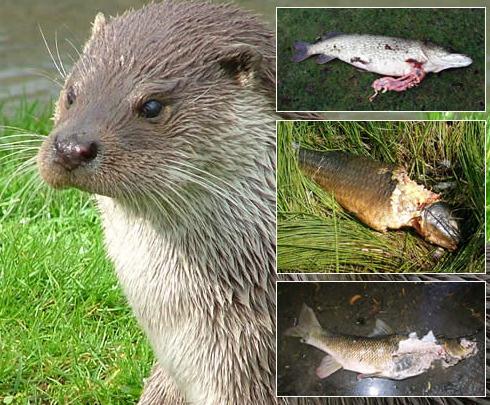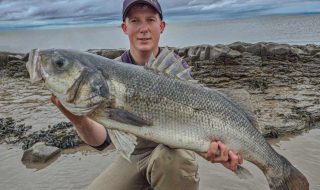Following a wide range of work in the angling community about the impact of predation on fish stocks, including the recent publication of The Big Picture by the Predation Action Group, the Government’s reviews of cormorants, goosanders and non-native species such as signal crayfish, the Angling Trust has published a new action plan for managing predation.
The plan details the management arrangements for cormorants and goosanders that the Trust has successfully negotiated with the government, and the experimental work it is doing with CEFAS to reduce signal crayfish, which are an invasive non-native species. It also addresses a number of issues related to predation by otters and mink.
Mark Lloyd, Chief Executive of the Angling Trust said: “We recognise that there is a serious problem with unsustainable predation of fish by cormorants, goosanders and otters, as well as invasive non-native species such as mink and signal crayfish, on many still water fisheries and rivers. Predation is natural, but on rivers which are suffering from pollution, low flows, habitat damage and invasive non-native species, it can have a devastating impact on fish stocks. We must also recognise that wildlife management is a delicate political issue and the Angling Trust has a very serious duty to protect the reputation of angling in the public eye. Any demands the Trust makes of government must be realistic, achievable and not significantly damaging to the reputation of angling.”
A copy of the action plan can be downloaded from the Otter Predation page of our website at www.anglingtrust.net/otters.






